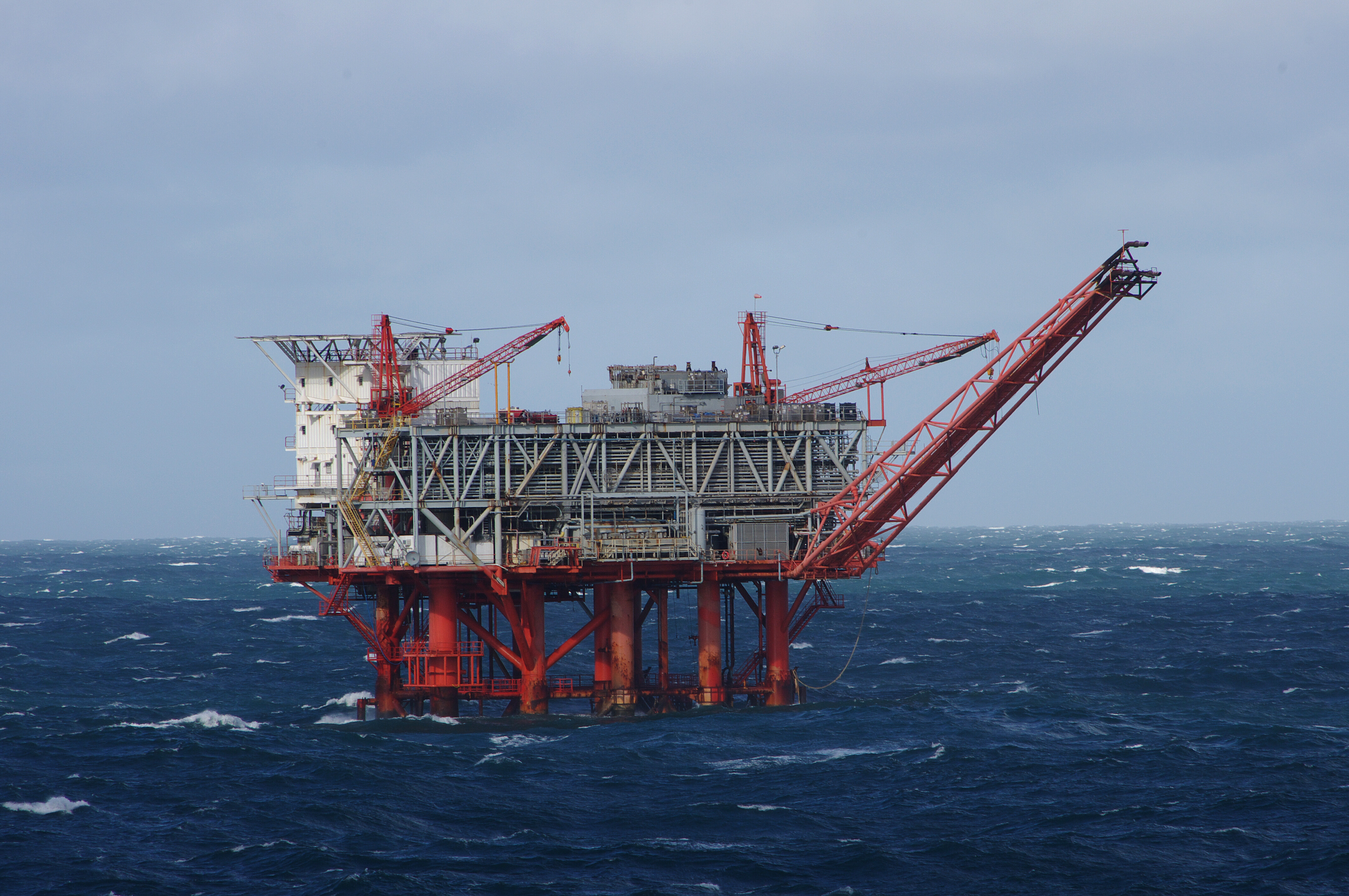Falling Oil Prices Hit Latin America
The falling price of black gold is being felt over in Latin America, where it’s hitting regional oil producers hard. LatAm INVESTOR looks at how it will affect the region...

Latin America's biggest oil producers
Most analysts are bearish on oil right now. Brent crude has already fallen to $85 per barrel, and Capital Economics expects it to go as low as $80 by the end of 2016.
So how will that affect Latin America?
Oil plays a major role in most Latin American economies. Venezuela has the world’s biggest reserves, with almost 300 billion barrels of proved reserves. And although output has stagnated under Hugo Chavez and his successor, Nicolas Maduro, it is still the region’s largest exporter, churning out around 2.5 million barrels a day.
The second biggest producer is Mexico, which pumps 2.5 million barrels per day, but consumes far more for domestic use. Brazil is in third place with two million, while the fourth, and last, place belongs to Colombia, which produces one million barrels a day. Given their huge output, it’s clear that these countries are going to be affected by the falling oil price. But the impact on each one will be different.
How falling oil prices will affect Latin America
The worst hit among globally significant Latin American oil producers will be Venezuela. This is because oil accounts for a much higher share of GDP and public finances than in the other countries. Capital Economics estimates oil contributes 30% of the country’s GDP, leaving it very susceptible to dropping prices. This is exacerbated by poor management of the economy. Despite enjoying an unprecedented decade-long boom in the price of its main export, Venezuela’s economy is in terrible condition, which makes it very sensitive to falling prices.
Mexico, on the other hand, should be able to avoid any serious knock-on effects. One reason is that while its crude exports will be hit by falling prices, it also has a strong manufacturing sector, which will benefit from cheaper energy. One of the major gripes of factory owners was that they were paying 70% more for their energy than their peers in the US. But now, they are starting to benefit from the shale gas boom.

For example, pipeline capacity bringing cheap US gas to Mexico has increased by 500% over 12 months. The boost to manufacturing should help compensate from falling crude export values. The only real worry would be if the fall in oil prices was more severe and sustained than analysts expect. If so, then it could temper private-sector interest in Mexico’s energy reform, which looks like it will be a key economic driver for the country.
In a sense, Brazil is in the same boat as Mexico. Yes, it produces a lot of oil, but much of this is used domestically. Given Brazil’s troublesome inflation, a lower oil price for domestic consumers could be a blessing. However, as Capital Economics points out, the situation there is complicated by the fact that energy is already heavily subsidised. So it’s unclear how the price cut would work into the wider economy. Like Mexico, Brazil will have one eye on the future. Brazil’s discovery of the so-called ‘pre-salt’ oil off the coast of Rio de Janeiro was the western hemisphere’s biggest oil discovery for more than three decades. (‘Pre-salt’ refers to the fact that the oil lies under a thick layer of salt beneath the Atlantic.) Unfortunately, since then reality has kicked in. The oil has proved immensely challenging to extract, while strict government rules have deterred investors.
Last year, the first ever ‘pre-salt’ auction attracted just one bidder, while the country’s second-most important oil company, OGX, declared bankruptcy when discoveries failed to meet expectations. A sustained oil bear-market could mean that Brazil’s costly pre-salt oil stays beneath the salt for a long time.
Colombia produces a lot less oil than the other three, but because it’s a smaller economy it also uses less, which makes it an important exporter. Oil matters to Colombia. It represents half of the country’s exports and around 12% of GDP. But the real issue here is the current account deficit, says Capital Economics Emerging Markets analyst, David Rees. “Colombia is already running a current account deficit. The loss of export revenues means that imports may need to contract in order to prevent the deficit from widening further. This, in turn, points to a period of weaker economic growth.”
And, like the others, Colombia would also have one eye on the future. That’s because, while it’s done an amazing job of increasing production over the last ten years, that hasn’t been matched by new discoveries. As a result, Colombia’s reserve to production ratio is now dangerously low at 6.5 years. Lower prices for a long time would cut the incentive for the exploration that Colombia desperately needs. However, Colombia does have one ace up its sleeve. Its oil comes from onshore, conventional basins, and has some of the cheapest production costs in Latin America. So while cheap oil prices may discourage oil majors from complicated deepwater projects in Brazil or Mexico, they’re still likely to be interested in Colombia’s cheaper plays.
For oil importers, there’s a silver lining
Finally, you have the oil importers. Countries like Chile and Peru don’t have any significant oil reserves of their own and have grown in spite, rather than because, of the decade-long oil boom. Moreover, they were the first victims of falling commodities and have had to live with lower copper and gold prices for a few years now.
A lower oil price won’t totally compensate for lost mining revenues, but it will help to bring down costs across the economy. So, they’ll no doubt be pleased to see that at least there is a silver lining to the commodity slowdown. For now at least, the current rout in the oil markets doesn’t change the investment potential of the Pacific Alliance countries of Mexico, Colombia, Peru and Chile. In fact, they will emerge from this relatively well compared to other major economies, such as Brazil and Venezuela.
However, investors will need to monitor the situation closely to see if it shows signs of derailing Mexico’s energy revolution or putting the brakes on Colombia’s impressive growth rates